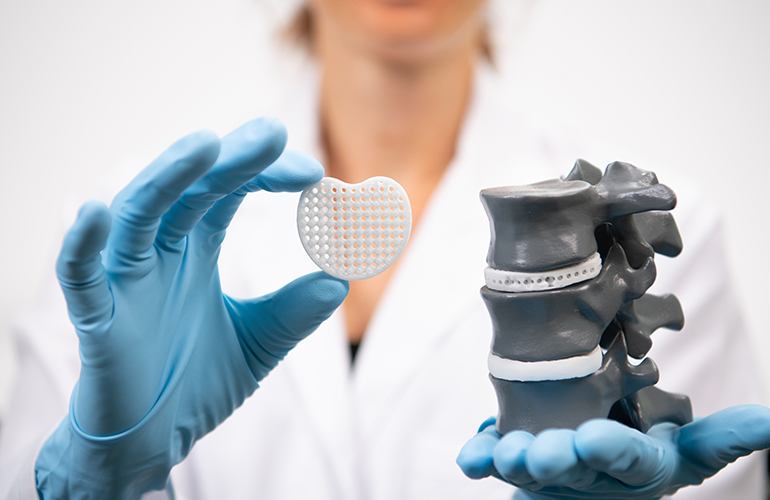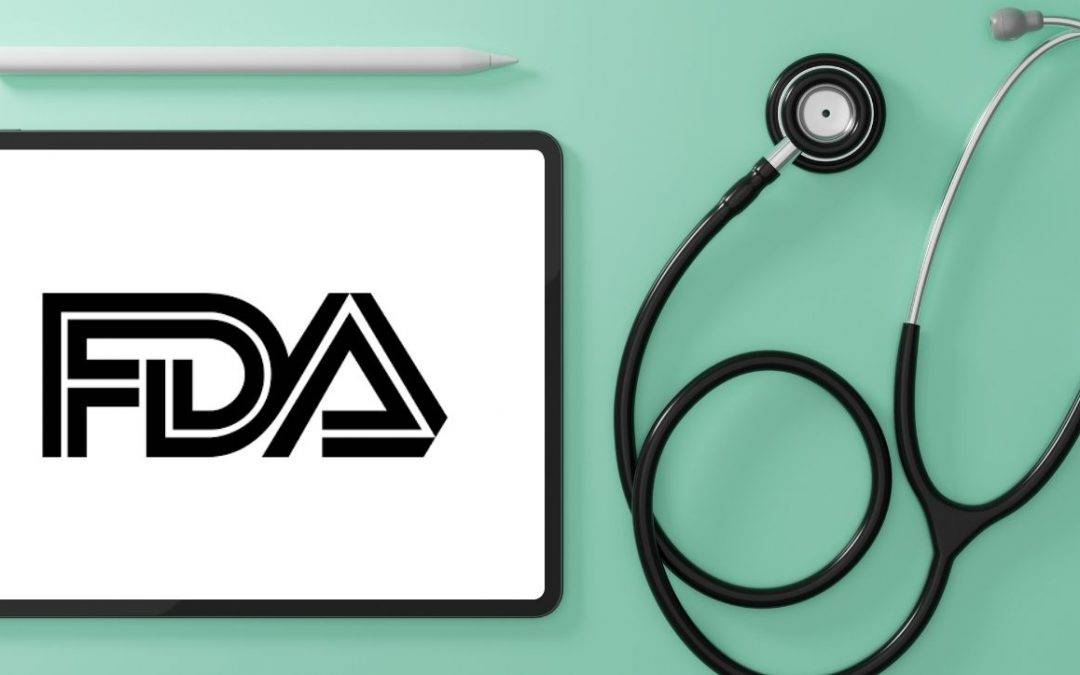The article describes the basics of the approach the applicants should follow when selecting a predicate device to demonstrate substantial equivalence.

Table of content
The Food and Drug Administration (FDA or the Agency), the US regulating authority in healthcare products, has published a draft guidance dedicated to the approach to be applied when selecting predicate devices for submissions under the 510(k) premarket notification pathway.
Once finalised, the guidance will provide an overview of the applicable regulatory requirements, as well as additional clarifications and recommendations to be taken into consideration by medical device manufacturers and other parties involved to ensure compliance with it.
At the same time, provisions of the guidance are non-binding in their legal nature, nor are they intended to introduce new rules or impose new obligations.
Moreover, the authority explicitly states that an alternative approach could be applied, provided such an approach is in line with the relevant legislation. It has been agreed with the authority in advance.
The present FDA guidance describes in detail the best practices for the industry and FDA staff when choosing a predicate device for premarket notifications, also known as 510(k) submissions.
This guidance is structured to enhance the consistency, predictability, and transparency of the 510(k) premarket review process. This document should be considered alongside other FDA guidances on 510(k) submissions.
Regulatory Background
According to the guidance, the relevant regulation of medical devices was established following the enactment of the Medical Device Amendments to the Federal Food, Drug, and Cosmetic Act (FD&C Act) on May 28, 1976.
According to section 510(k) of the FD&C Act, before introducing a device for commercial distribution, a manufacturer must send a premarket notification (510(k)) to the FDA.
The FDA reviews this to determine if the device is fit for market clearance.
Devices subject to 510(k) are those intended for human use that do not require a premarket approval application (PMA), provided they meet specific criteria.
The core of a 510(k) is to show that the device planned for marketing and use in the country is substantially similar to an existing device already placed on the market – the “predicate device”.
The FDA then evaluates if the new device is Substantially Equivalent (SE) to the predicate based on statutory criteria.
For a device to be SE, it should have the same intended use as the predicate and either share the same technological features or, if different, not raise new safety and effectiveness concerns.
The FDA evaluates these criteria through a rigorous review process. A new device can only be commercially distributed once the FDA confirms its substantial equivalence.

510(k) Pathway Improvement
In recent years, efforts have been made to update the 510(k) program.
The Medical Device Safety Action Plan was launched in April 2018 to lay out the vision for updating processes to ensure medical device safety while facilitating efficient pathways for introducing essential devices to the market.
By November 2018, transformative steps were announced to modernize the 510(k) program, emphasizing the use of recent predicate devices to benefit from modern technology.
However, after reviewing public comments, the FDA recognized that focusing solely on the age of predicates might not always ensure the safer and more effective devices being selected as predicates
For instance, older implants might offer extensive safety data, while newer software-related devices could benefit from recent technological advancements.
Instead of just considering the age of predicates, the FDA is now advising on best practices for selecting a predicate device.
These best practices will consider the characteristics of the predicate devices, thereby fostering the development of safer medical devices over time.
The FDA also believes that detailing the features of predicate devices in the 510(k) Summary can offer more clarity to the public.
Guidance Explained
In general, the present guidance provides recommendations regarding the best practices for selecting a predicate device for a 510(k) submission.
The guidance complements the existing 510(k) Program Guidance.
It aims to improve the clarity, consistency, and predictability of the 510(k) premarket review process.
However, the authority explicitly states that it is not intended to override any specific device-specific guidances but might cover broader areas not addressed in those guidances.
The guidance is developed to assist submitters (applicants) in understanding the best practices for selecting a predicate device during their 510(k) submission.
The goal is to identify potential predicate devices that support their device’s substantial equivalence to a legally marketed device.
Based on the experience and information available, the FDA knows many submitters include a 510(k) flowchart in their submissions explaining why they believe their device is substantially equivalent to the predicate device and supports this practice.
Submitters should consider a list of legally marketed devices with the same intended use as their device.
Then the FDA suggests narrowing down this list to identify the best predicate device using the best practices outlined in the guidance.
Submitters are also encouraged to detail how they utilized these best practices in their 510(k) submission, which can offer added transparency to the public, especially if the 510(k) submission gets clearance from the FDA.
Conclusion
In summary, the present FDA guidance explains in detail the approach to be followed by submitters when selecting predicate devices to demonstrate compliance with the applicable regulatory requirements to place new products on the market.
The document outlines the best practices to be followed and also provides additional clarifications and recommendations to be considered.
How Can RegDesk Help?
RegDesk is a holistic Regulatory Information Management System that provides medical device and pharma companies with regulatory intelligence for over 120 markets worldwide. It can help you prepare and publish global applications, manage standards, run change assessments, and obtain real-time alerts on regulatory changes through a centralized platform. Our clients also have access to our network of over 4000 compliance experts worldwide to obtain verification on critical questions. Global expansion has never been this simple.

